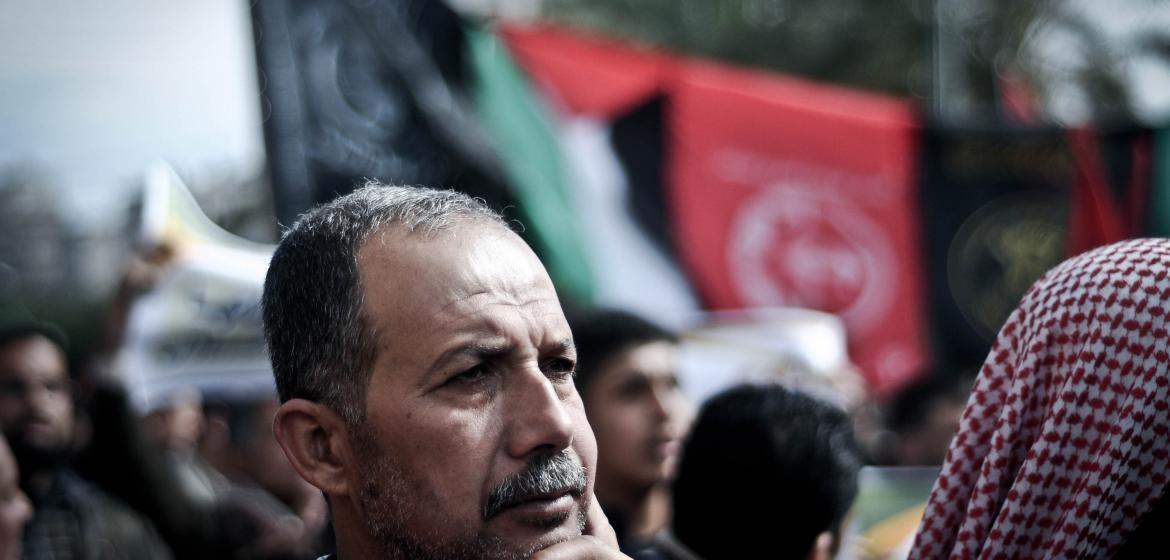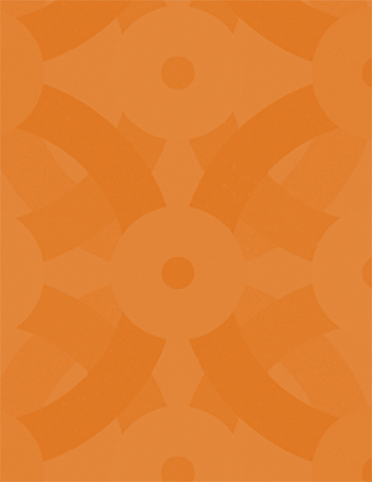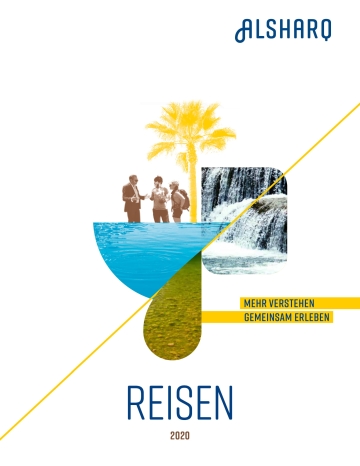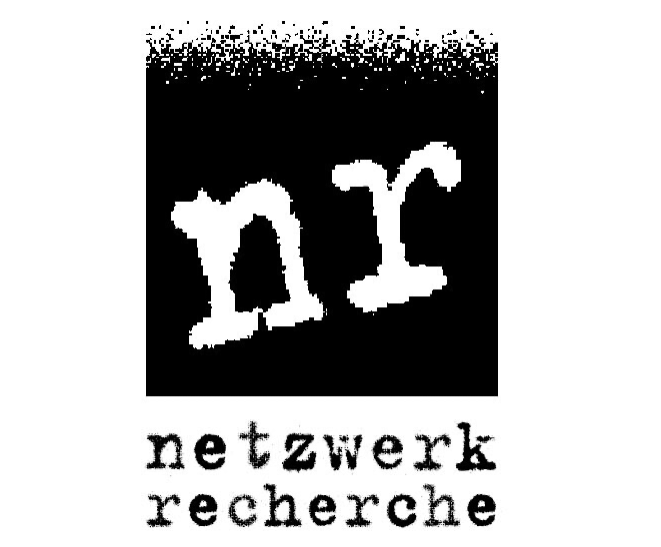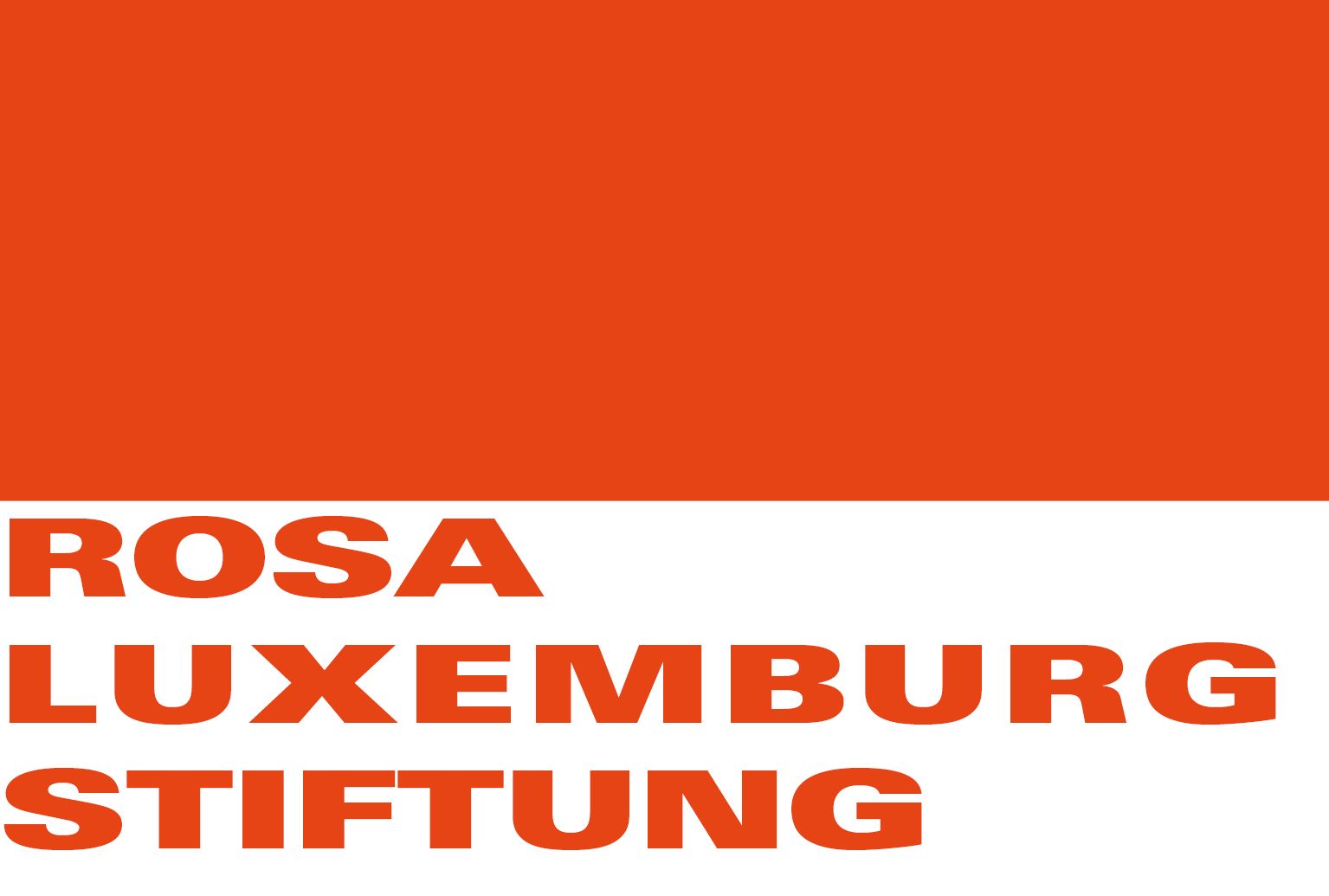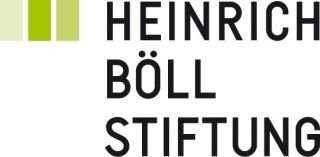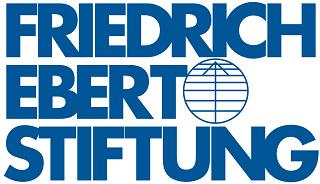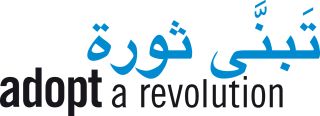With the constant talk of the need to hold elections for the Palestinian Legislative Committee (PLC), a new electoral process currently seems to be on the way. The PLC elections, which theoretically are supposed to be held every four years, have only occurred twice since the 1994 establishment of the Palestinian Authority. Yet in the third installment of our series on elections in Palestine, this author (anonymous) sees no guarantee for a better future through the ballot box.
The refusal to participate in the elections for the PLC is often based on the demand for representation of all Palestinians: those in the diaspora, the refugee camps in neighboring countries, and those living inside the lands occupied in 1948. The argument goes that as long as not all Palestinians can participate in the elections, they should not be held. Rather, these "refuseniks" tend to demand new elections in the PLO’s Palestinian National Council (PNC) because they consider it the only legitimate representative body of Palestinians. As valid as these demands are, and as noble of a cause that is, this article does not intend to join that choir. Indeed, the advantages of the PNC are already well documented. Instead, the point of this article is to show that the pursuit of electoral democracy is worthless within the context of a population living under settler-colonialism.
The reasons that I believe ballot-box elections bring Palestinians nowhere nearer to a better future are basically 1) the lack of food, water, and energy while the Palestinian economy is weak, 2) no sovereignty and control over its borders, and 3) the lack of a unified national project. Palestinians suffer from all this at the hands of the Israeli occupation. To me, the severity of those conditions renders elections as a form of state-based democratic process futile. Rather, the existence of a Palestinian Authority with hollow institutions incapable of improving the livelihoods of the Palestinian population in the occupied territories does little other than lighten the financial and physical costs of occupation and normalizes colonization of Palestinian land.
The absence of Palestinian sovereignty over food and water is a primary weapon of the occupation to subdue the Palestinian population. Although theoretically the Palestinian Authority has a Water Authority, drilling wells and pipeline extension for water networks are only carried out through permission of the Israel Civil Affairs (ICA) office, with such permits barely given.
Food is imported through borders. Although the Palestinian society was originally a peasant society, the occupation of the West Bank and Gaza Strip from 1967-1994 (and of course control of land and water to this day) ripped people from their lands and made development of agricultural lands impossible. Today, the agriculture sector in the Palestinian territories is not completely absent, but it has been shifted with the encouragement of the PA and foreign funders to produce cash crops like flowers and strawberries for export. Simultaneously, food-stuffs are imported, which are then left under the mercy of the Israeli controlled borders. This is due to the Oslo agreements signed by the PLO in 1994, which gave the Israeli government complete control over Palestinian water, food, imports and exports.
This control of imports and exports also means control of energy. Currently, most Palestinian electricity is imported from Israeli companies with marginal amounts allowed to be imported from Jordan. The import of fossil fuels like gasoline and diesel, which power a small number of turbines controlled by the PA, need to be allowed entry by the occupation like all other imports. The domination of the Israeli government of any goods that come in and out of the Palestinian territories allows the occupation to starve the Palestinian population at will. The starkest example of this form of coercion was seen when an Israeli ministry estimated the amount of nutrients allowed entry into the Gaza-Strip (2270 calories/person, to be precise), and a minister claimed the embargo was ‘putting Palestinians on a diet’.
In terms of a Palestinian economy, no serious economist can claim that it exists. The Palestinian government is sustained with roughly 1.5Bn USD yearly, paid by the US, EU, Japan, and Gulf states. This 1.5Bn USD is used to pay the shortcomings of the PA’s governance costs. Hence the 1.5Bn pays the wages of over 150,000 public sector employees, which directly feeds 30% of the population of the Palestinian territories. The funding is based on political conditions. Most tellingly, when Hamas won the PLC elections of 2006, some of these amounts were frozen. According to UNRWA, this freeze led to a 60% unemployment rate and a poverty rate that jumped 40% in less then six months. In the same time, not only Hamas is subject to funding freezes as witnessed during the 2013 Palestinian Statehood bid. While Fateh chairperson and Palestinian President Abbas led the bid, the result was US congressional aid of 500 million USD funding freeze, which set the PA into its most recent financial crisis.
Probably the biggest problem facing the Palestinian people is the ‘internal split’. This armed conflict between Fateh and Hamas took place in 2006 and split the Gaza Strip and West Bank into two distinct governing bodies. Although the split is not just about who governs, it can be considered the result of Fateh’s unilateral entry into negotiations with Israel as early as 1994, with differing political projects by Palestinian factions ever since. Importantly, this split cannot be resolved by elections, as both Fateh and Hamas have differing political agendas, use different strategies and tactics, and align with different foreign actors. Rather, elections will only deepen the split and increase galvanization, especially as there is no large enough third option to balance out between Fateh and Hamas.
In addition to the above, the rule of neither of these two groups has brought about any substantial improvement in the lives of Palestinians, or any structural long term changes to enable better living conditions for the people. As shown on a Facebook post, Fateh’s achievements from 2007 to today consist of: the worlds largest plate of Tabouleh, the worlds largest Palestinian Thob, and the worlds largest plate of msakhan. Cynicism aside, Fateh did do something worthy of mention: they disarmed the Palestinian population for the occupation. This was done with the claim of endorsing peaceful resistance, and guaranteeing security for Israel. Disarmament however comes with its perils. The last two times this happened, the Nakba ensued after the British took a shot at disarming the population, which resulted in the failure of the 1936-1939 revolution, and the Sabra and Shatila massacres happened after the PLO withdrew from Beirut in 1982. Thus, it is no shock now that settlers roam the West Bank committing their ‘price-tag’ attacks on Palestinian farmer communities. This from the faction that claims to have fired the “first bullet of the Palestinian revolution” -which is historically inaccurate and propaganda at best.
Hamas rule in Gaza has done little better. Although not known for corruption like Fateh, their achievements have included restricting women from smoking nargeela in public, outlawing Palestinian oral history books, and outlawing coed education. In addition to the above, they have also established special units to stop members of other factions from firing rockets into Israeli communities.
Both Fateh and Hamas claim to resist the occupation when it suits their political agendas. Indeed, both sides seem to try to activate their military wings only in the territory controlled by the other. Both sides continue their political arrests, not only of the members of the other organization, but also anyone trying to resist the occupation. Neither side has any plan or method to enable the population under their rule. Nobody knows what to do should foreign funding be cut, Israel completely closes borders, or further restricts water and electricity. Although Hamas does have the tunnels for outlets, and has started an agricultural self sufficiency project, this all came as reactions to a dire reality and at the expense of people dying from the lack of medication, people living roofless due to the scarcity of raw materials, high unemployment and staggering deprivation.
Ironically, both sides have adopted the rhetoric of claiming they need to be voted for so the other side does not win. Hence, each party defines its program by what the other is not. In light of Fateh's corruption and secularism, religious and conservative people are encouraged to vote for Hamas. Fateh, in turn, approaches seculars and socialists by claiming to stop the social backwardness of the political Islam associated with Hamas. Both allegations however are little more then cheap tricks and it is political bankruptcy to vote for the lesser evil.
For all of the above reasons I will not be voting in the next PLC elections; not just the next, but to any other election process, unless there is a political platform which will address the social and economic problems facing the population and a firm program for resisting the occupation by all means. While people might be hopeful for change, and might seek change from the next electoral process, I am doing neither.
Read in the first part of our series Tamara Tamimis plea for Fatah. In the second part, Mohammed Ayoub Najjar explains the support for Hamas amongst young Palestinians.

